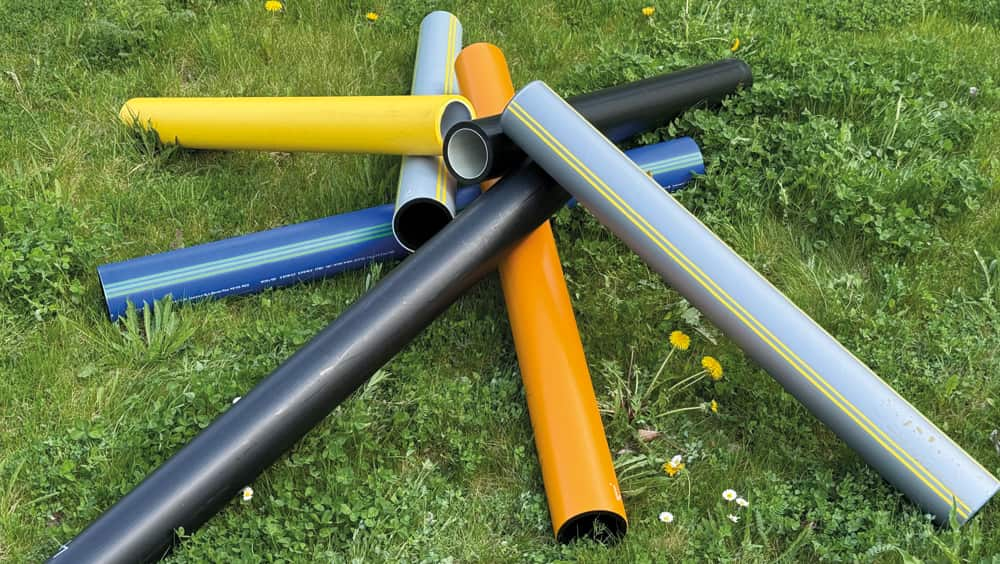Multilayer plastic pipes for a green future
Germany has an efficient gas infrastructure. The use of green hydrogen in particular is of central importance in the energy transition. Against this background, the SKZ Plastics Center has investigated various concepts for multilayer pipes made of plastic as part of a research project. In addition to pressure resistance and operational suitability, the investigations focused in particular on the permeation properties with regard to hydrogen and methane.

Multilayer plastic pipes for the green future (Photo: SKZ)
As part of a research project funded by the DVGW (German Technical and Scientific Association for Gas and Water), the SKZ Plastics Center and DBI Gas- und Umwelttechnik GmbH, together with industrial partners, have investigated and evaluated plastic multilayer pipes for the transportation of hydrogen and methane.
In order to make optimum use of the potential of hydrogen, the transport and distribution infrastructures must be further developed into hydrogen-compatible systems. Although much of today's gas infrastructure is already suitable for hydrogen, minimizing gas losses, ideally to zero, is a key aspect of a future-proof energy supply.
The investigations therefore focused on evaluating the long-term properties, operational suitability and permeation behavior towards methane and hydrogen. Various pipe designs and their possible applications were tested, taking operational aspects into account. The concepts based on solid-wall pipes made of PE 100 and PA-U12 included barrier layers made of EVOH, polyamide or aluminum.
The results show: All the pipe types investigated meet the requirements in terms of pressure resistance in the creep rupture test and do not exhibit any significant restrictions in operation.
"Particularly noteworthy is the significant reduction in gas permeation through the multilayer pipes compared to conventional solid-wall pipes made of polyethylene. This is a decisive contribution to reducing climate damage," emphasizes Dr. Mirko Wenzel, Expert Scientist at the SKZ.


